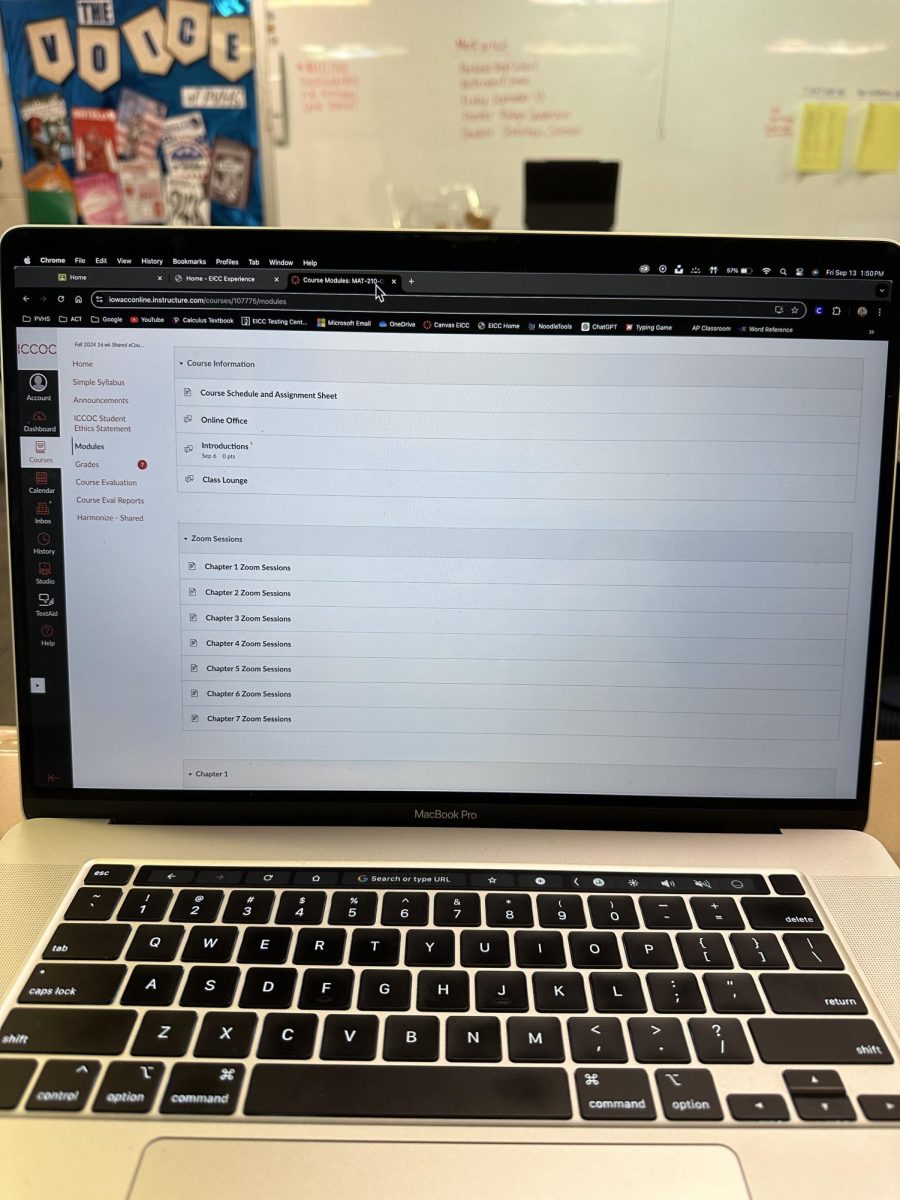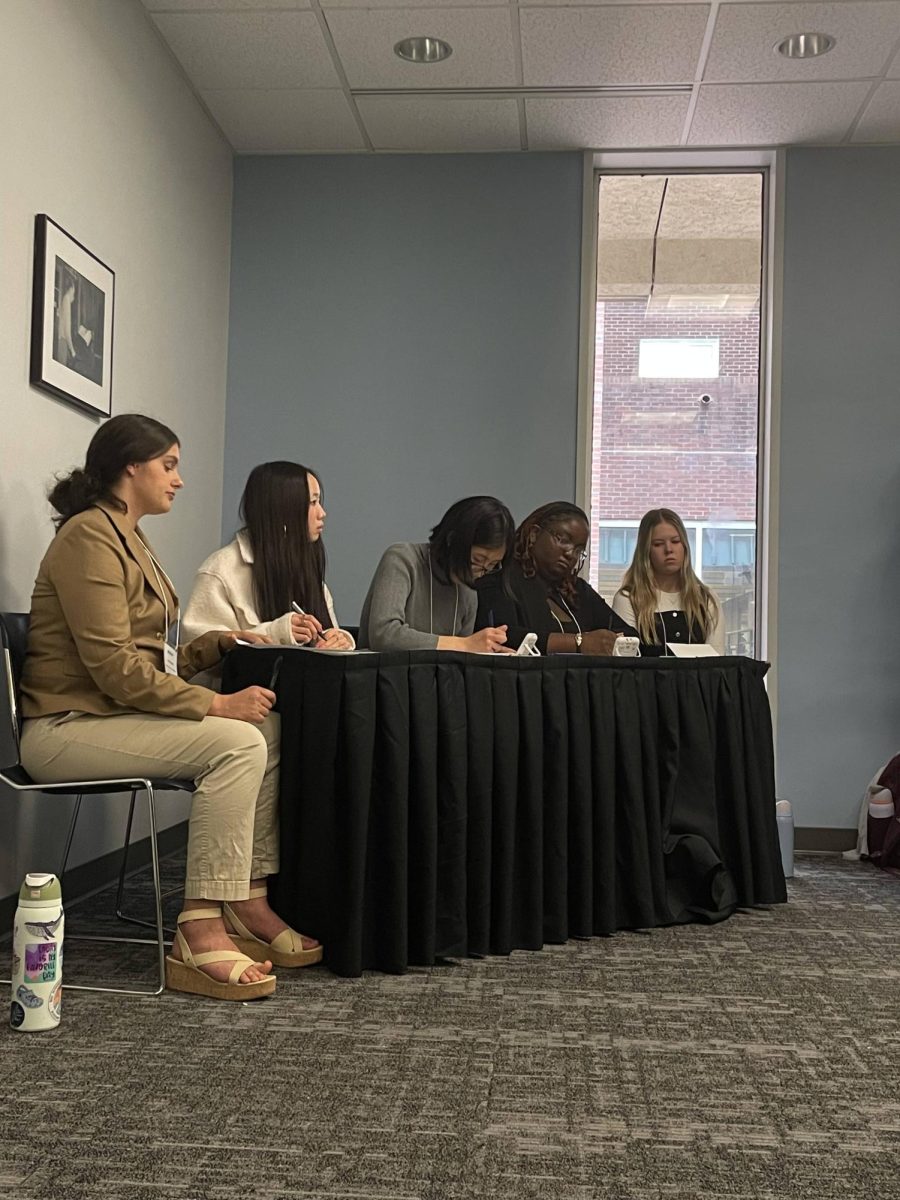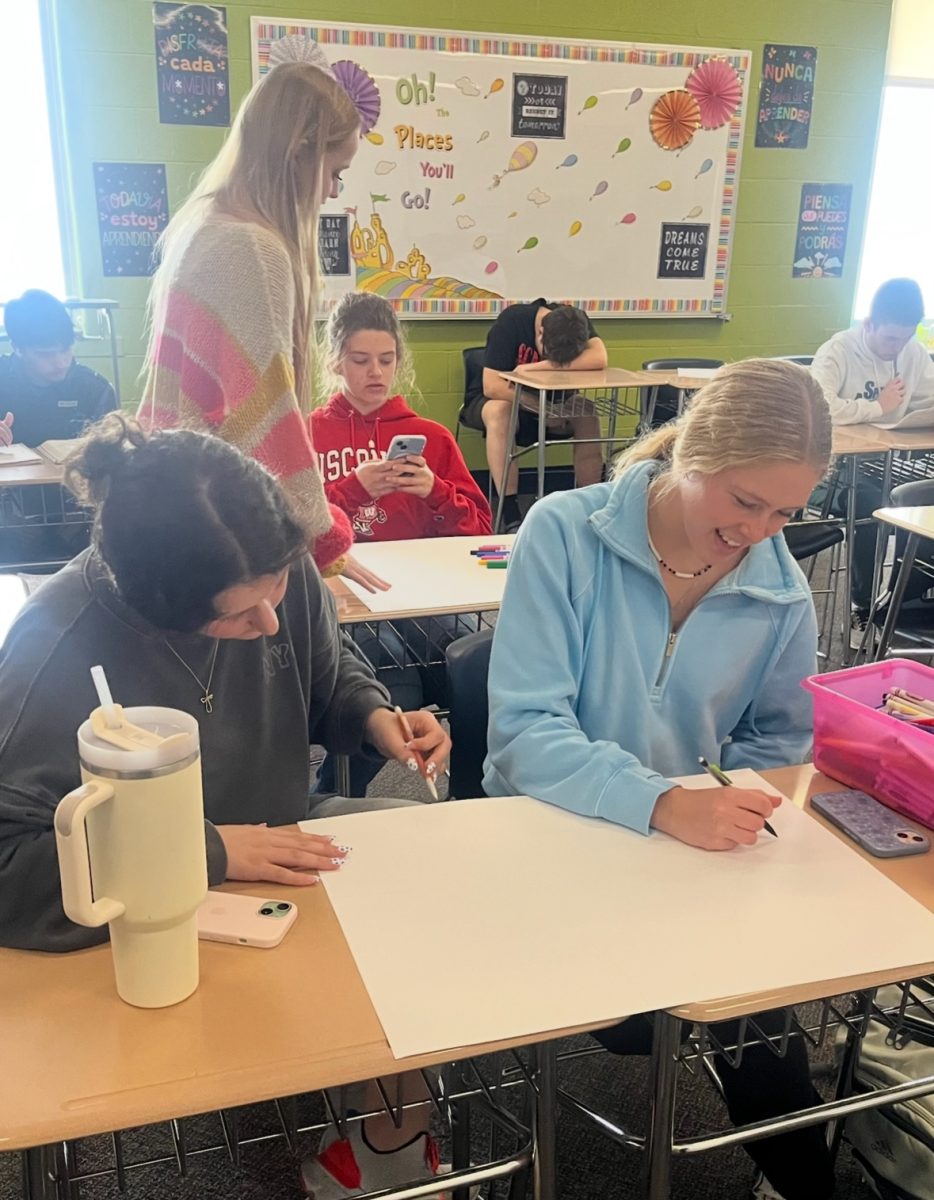The COVID-19 pandemic has altered the way education is being taught and learned worldwide. Even though online learning was already a tool, the pandemic skyrocketed the amount of kids who chose to take online classes.
During the pandemic, schools worldwide closed their doors to students. As a result, students were left with only one solution: online learning. Programs like Google Meets, Zoom, Microsoft (500% increase) and Google Classroom noticed a spike in usage, as every student and teacher was mandated to meet online. With students being able to experience online learning, they were able to see the key benefits. Students had more of a self-paced and flexible learning environment, which the students loved. Around 70% of students would rather take classes online than in the traditional in-class type of environment.
As the pandemic moved forward, online learning proved to be nowhere near replacing traditional in-person education. Once schools were able to bring students back into the building, districts decided on implementing a hybrid style of learning, which meant switching between online and in-person learning. During this time, students had the best of both worlds – the flexibility of being online and the opportunity to interact with other students in-class.
Although the majority of students had success with online learning, some faced the opposite. Some students don’t have the luxury of reliable internet access, causing them to not thrive learning online. Teachers can struggle with online learning because students can easily become disengaged caused by distractions from their social media, texting, and television. Students’ integrity can disappear because they are not being monitored by teachers in-class, and students can just turn off their cameras when online.
During the pandemic, students developed their own preferences for their ideal learning conditions. “Probably in-person because I know that I will end up doing nothing the whole time,” senior Isaac Neumann explained. “I had online experience during COVID and it did not go well because I was procrastinating everyday and ended up doing none of my work.”
Not only has the addition of online classes been effective in terms of learning, but it has also made a major impact on the cost of education. During the pandemic, an increased number of students used online textbooks rather than physical copies. As a result, students found out online textbooks were cheaper.
After the pandemic, 61% of students reflected on their experience with online learning and decided that they liked the ability to pace and be flexible with their time better than being in-class all day. Despite this preference, schools do not offer full-time learning options. However, they provide various online classes, such as Calculus 1, Calculus 2, Calculus 3, American Sign Language and more.
“I enjoyed taking online classes because of the flexibility that is offered,” senior Vincent Zheng described. “The convenience of being able to learn from anywhere and at my own pace enhanced the learning experience.”
Students have different perspectives on what they like better, online learning or in-person learning. Every student knows how they learn best and they point out the benefits of each type. “I would rather take in-person classes,” senior Muhammad Baig explained. “Because you get to learn from an educated professor in-person instead of being online and going through lessons on your own.”
The increase in online learners post-COVID has caused many mixed opinions within students. Although online learning has brought flexibility and new experiences, some students would rather be in a traditional type of environment where they are in-class. Being online, students can have the ability to self-pace themselves, but in-class students have to listen to the deadlines and due dates on every assignment. The future of online learning will continue to grow and expand with more students wanting to be online rather than in-person.










Preet • Sep 22, 2024 at 11:49 pm
I agree with this because this article shows how the COVID-19 pandemic changed education, it highlights the pros and cons of online learning. Even though a lot of students enjoy the flexibility of online classes, some struggle without good internet access.